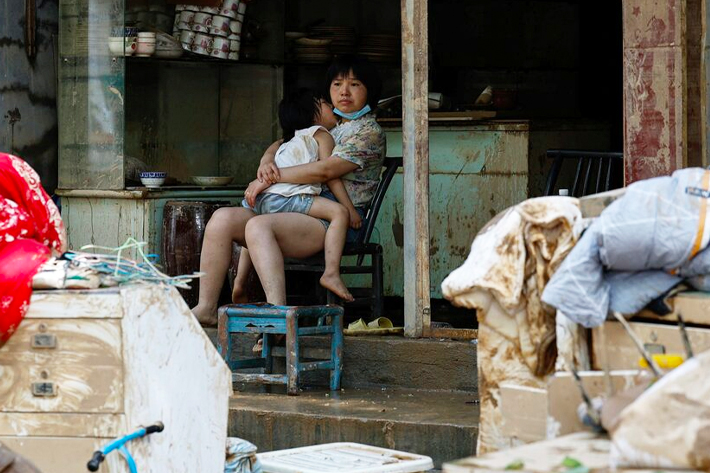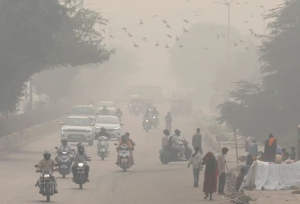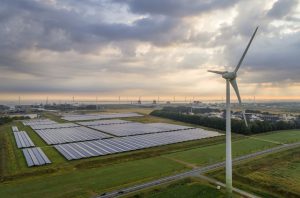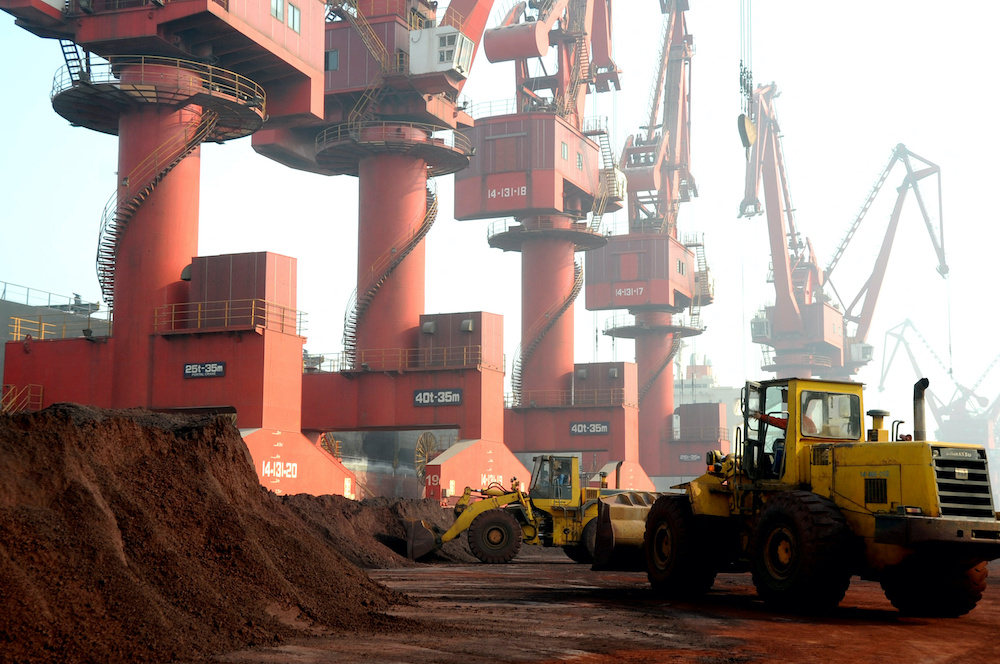Extreme weather events including torrential rain and resulting floods cost China 76.9 billion yuan ($10.1 billion) in economic losses last month, according to government estimates.
That was nearly as much as the climate change-related losses China suffered in the first six months of the year combined.
It was also double the amount of economic losses in July last year and also the biggest amount of losses for the month since 2021.
Also on AF: China’s Historic Heatwave Turns Deadly Amid Power Crunch Fears
China has stumbled from one extreme weather event to another this year, battling a record-breaking cold wave in the early months followed by unprecedented rainfall and extreme heat.
In July, the world’s second-largest economy saw its highest temperatures in recorded history.
At the same time, southern Chinese states battled extreme rainfall, and severe flooding as a result. Torrential downpours, and their effects, accounted for 88% of the climate-related losses for the month, as per ministry estimates.
Extreme rainfall poured over vast areas such as the Sichuan Basin, Yellow River, Huai River and parts of the North China Plain, breaking precipitation records at 33 weather stations in Henan, Hunan and Shandong provinces.
One town in Henan was lashed by almost a year’s worth of rain in one day.
Meanwhile, in Hunan, Typhoon Gaemi — the most powerful tropical cyclone to hit China this year — caused the most damage.
Days of heavy rain from the remnants of the typhoon breached major dikes and dams and flooded swathes of cropland. China’s finance ministry earmarked $33 million worth of funds to counter damage from the typhoon.

At the same time, swollen major rivers that were slow to recede after bouts of flooding also worsened the impact of the rains, the ministry said.
Loss of life, agricultural output
Natural disasters during July affected almost 26.4 million people across China, with 328 either dead or missing, the ministry said.
During the month, 1.1 million people were relocated, 12,000 houses collapsed and 157,000 more were damaged. Some 2.42 million hectares of crop area were also affected.
In central Henan, one of the country’s main commercial crop production areas, more than 1.13 million hectares were affected with some harvests lost from soaked fields.
Thunderstorms, winds and hail also damaged crops and greenhouses in Inner Mongolia and Xinjiang.
More risks ahead
China describes itself as one of the world’s most climate change-vulnerable countries due to its large population, densely populated coastal areas and swiftly melting glaciers.
More than 80% of China’s glaciers are melting, according to the Oxford Institute of Energy Studies. The resulting increase in sea levels has meant that 270 million Chinese are living in areas that are sinking faster than about 0.12 inches per year.
Last year, China suffered $32.2 billion in flood-related losses alone.
Chinese authorities warned this year that impact of the climate crisis on the world’s second-largest economy will only worsen.
The coming years will bring hotter and longer heatwaves and more frequent and unpredictable heavy rain to China, the country’s weather bureau warned in July.
Those challenges have prompted China to demand ‘trillions’ in climate finance from rich nations. At the same time, the country is also pushing policies to cut its carbon emissions, with an eye on major polluting industries.
If emissions remain high, extreme heat events expected to occur once every 50 years in China could happen every other year by the end of the century, the country’s weather agency has warned.
View this post on Instagram
- Reuters, with additional inputs from Vishakha Saxena
Also read:
Climate Crisis Has Cost China Billions Already This Year
China to Set Emission Quotas for Industries, Economic Planners
China Turns to Carbon Capture, Biomass For Coal Power Emissions
Critical China Factory Hubs Face Greatest Climate Change Risk
Solar Overcapacity Kills Projects, Fuels Bankruptcies In China
China Building More Solar, Wind Than Rest of World Combined
State Funding Puts China ’15 Years Ahead of US’ in Nuclear Power
China’s BYD to Help ‘Accelerate’ Uber’s Green Transition
























